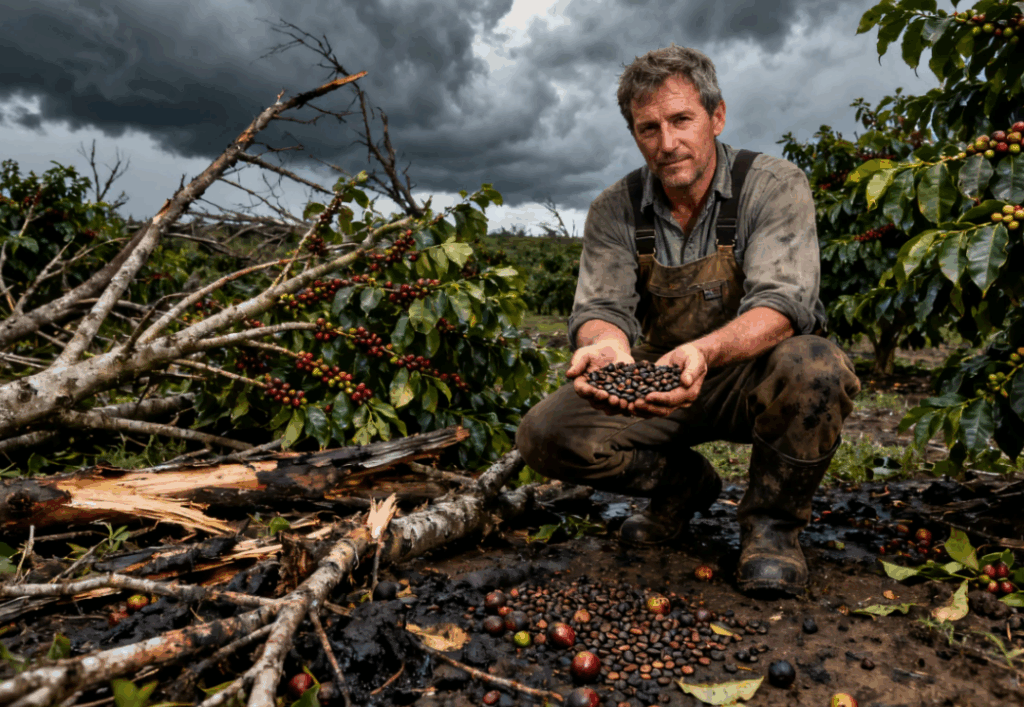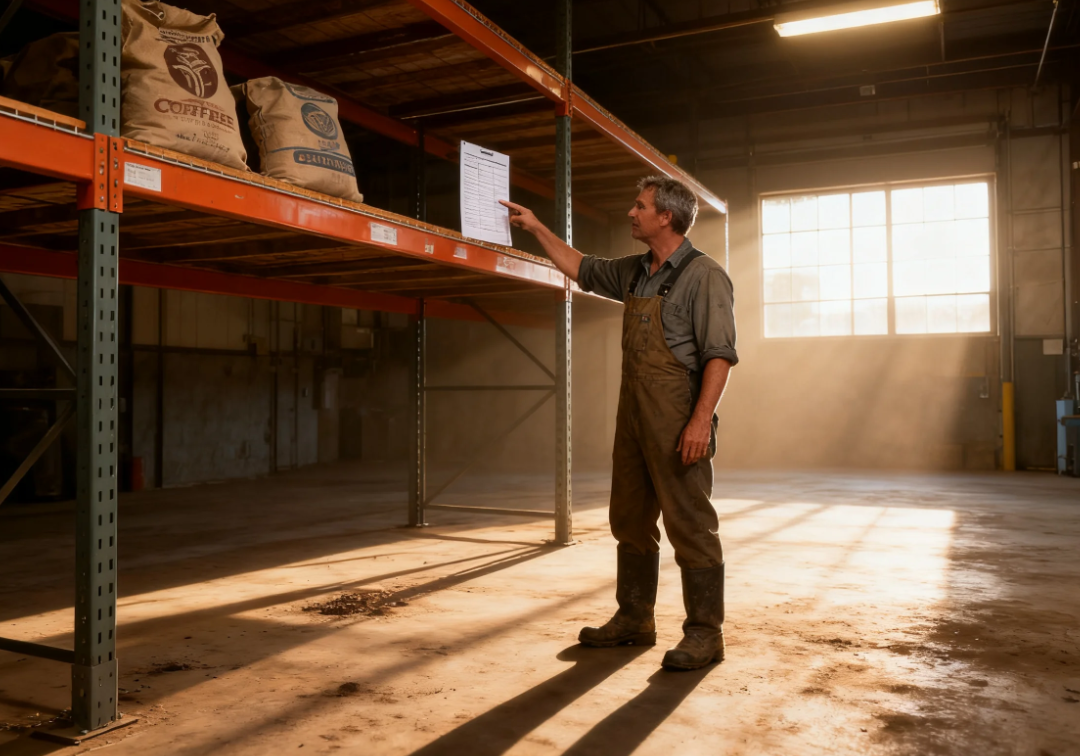Caffeine isn’t the only thing spiking in your cup lately — the price of coffee itself is climbing to record highs.
In July, U.S. shoppers paid an average of $8.41 per pound for ground roast coffee, a 33% jump from last year and the highest price ever recorded, according to the Bureau of Labor Statistics. Globally, coffee prices are hovering near the half-century peak reached earlier this year.
Behind the sticker shock: volatile weather, depleted inventories, and new trade policies that are rattling the global coffee market.

Weather Woes and “Precipitation Whiplash”
Brazil, which produces about 40% of the world’s coffee, is at the center of the storm. A severe drought last year slashed harvests, followed by intense rainfall that further damaged crops. Analysts call this pattern “precipitation whiplash” — wild swings between too dry and too wet that stress coffee plants and diminish both yield and quality.
Vietnam, the second-largest producer, has fared no better, with drought cutting production by 20% in 2024 before torrential rains added to the chaos. “Your standard season isn’t as it should be,” said Cornell professor Mike Hoffmann. “The plants are battered, and the beans suffer.”
Shrinking Stockpiles, Rising Risks
As prices rose, companies like Starbucks tapped into their existing stockpiles instead of buying costly beans. But inventories are now “significantly below historical levels,” Bernstein analysts noted — making the market more vulnerable to new supply shocks. When supplies are thin, even minor disruptions can trigger major price surges.
What It Means for Coffee Lovers
For everyday drinkers, the impact depends on where you buy. Grocery store coffee is closely tied to commodity costs, so prices at the supermarket may swing more sharply than what you’ll see at your local café. Chains like Starbucks can absorb some of the hit, with analysts estimating that even with 50% tariffs on Brazilian beans, menu prices would rise by 0.5% or less.
Still, over the long term, consumers should expect higher-than-average prices. Climate change is reshaping growing seasons, extreme weather events are becoming more common, and global demand for coffee keeps climbing.
“The prices will continue to go up, in my mind,” Hoffmann said. “Climate change isn’t going away — and it’s not just coffee, it’s the entire food supply.”

Leave a Reply